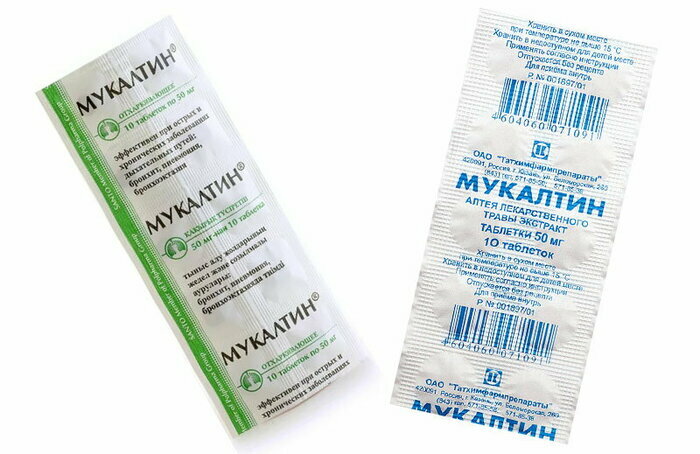Content
- Possible reasons
- Physiological
- Pathological
- Classification
- Symptoms
- Diagnostics
- Treatment methods
- Drug therapy
- Non-drug treatments for miosis
- Possible consequences and complications
- Video about changing pupils
Narrow pupils (miosis) in humans are in most cases the cause of disturbances in the work of the central nervous system, since there is a close connection between these organs. There are also physiological features that trigger the development of miosis. In any situation, it is necessary to consult an ophthalmologist. The specialist will conduct an examination, prescribe a comprehensive treatment.
If necessary, he will draw up an individual therapy regimen. Complications depend on the factor that provoked the narrow pupils in a person. If this is a disease, there is always a risk of even death.
Possible reasons
Pupil constriction in humans occurs for numerous reasons. An ophthalmologist will help to establish an accurate diagnosis. It is important to undergo a medical examination and, if necessary, carry out specially selected treatment.
Physiological
There are factors against which there is a narrowing of the pupils in a person, but at the same time there are no pathological changes inside the body.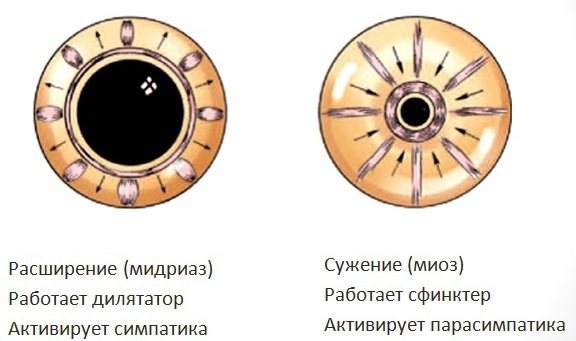
This is more about external or physiological reasons:
- aging of the body (in old age, the mental activity of a person decreases, as a result of which the process of muscle contraction around the iris weakens);
- infancy (in newborns, systems are formed, the structure and functioning of muscles in the area of the eye is weaker in comparison with the adult body, therefore the pupils are narrowed and practically do not react to light);
- overexertion of the muscles around the eyes as a result of prolonged work throughout the day;
- taking certain medications;
- professional activity (this is more true for people who have to look through special lenses for a long time);
- severe fatigue, emotional depression;
- exposure to bright light.
The described physiological conditions do not provoke the development of pathological processes. It is enough to eliminate the external factor and the functionality of the eyes will be restored.
Pathological
Narrow pupils in a person (the reasons for which disorders have appeared will help to diagnose an examination and an ophthalmologist) are not always the result of physiological factors.
There are numerous diseases, against the background of which the work of the visual organs is disrupted:
- bad habits (abuse of alcoholic beverages, drugs, cigarettes);
- intoxication of the body with poisonous gases, vapors and substances, drug overdose;
- abuse of drinks that contain caffeine;
- ingress of a foreign object into the corneal area;
- damage to the visual organs of an inflammatory nature;
- high intraocular pressure, which provokes the development of glaucoma;
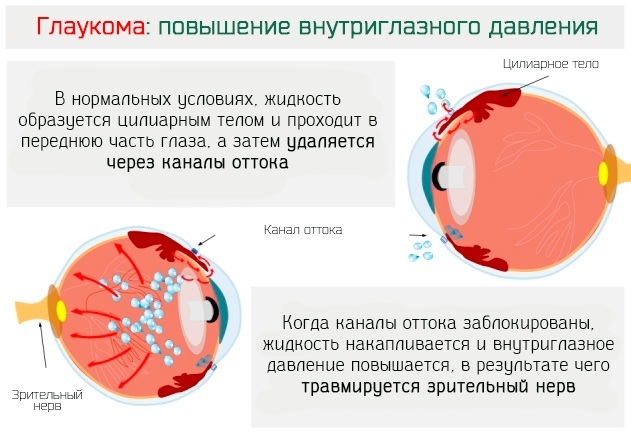
- hemorrhagic stroke;
- malignant or benign tumors that put pressure on the tissues of the optic organ (the center of vision in the region of the brain or the eyeball);
- erosive or ulcerative lesions of the cornea of the eye;
- hemorrhage in the internal structures of the visual system;
- impaired nutrition of organs through the blood vessels;
- inflammation or damage to nerve tissue;
- mechanical damage to the head (brain, cranium, concussion);
- the development of multiple sclerosis;
- infectious brain damage (meningitis, encephalitis);
- epileptic seizures.
High blood pressure, diseases of the endocrine system and thyroid gland also provoke constriction of the pupils in humans. In any situation, a professional consultation with an ophthalmologist and a comprehensive examination are required. Depending on the provoking factor, a person develops characteristic clinical symptoms. Taking into account the patient's complaints and the results of the diagnosis, the ophthalmologist will select the most effective and safe treatment.
Classification
Narrow pupils in humans (the causes of a pathological condition will help to establish a comprehensive examination) in medicine classified in a certain way, taking into account the provoking sources and accompanying features of the human organism.
| Name | Description |
| Medicinal miosis | Pupil constriction occurs due to long-term treatment with certain drugs. |
| Paralytic | Pathological processes are the result of dilator paralysis. This is a muscle that is responsible for the constriction and dilation of the pupil. Violations in most cases provoke diseases of the cervical spine or damage to the plexuses of the carotid artery. |
| Spastic | Miosis develops against the background of a spasm of the pupillary sphincter. The provoking factors are neurological pathologies (encephalitis, meningitis, neoplasms, uremia or multiple sclerosis). |
| Syphilitic miosis | Constriction of the pupils indicates the development of a tertiary form of syphilis. The same happens with acute iritis, anterior and posterior uevitis, Horner's syndrome. |
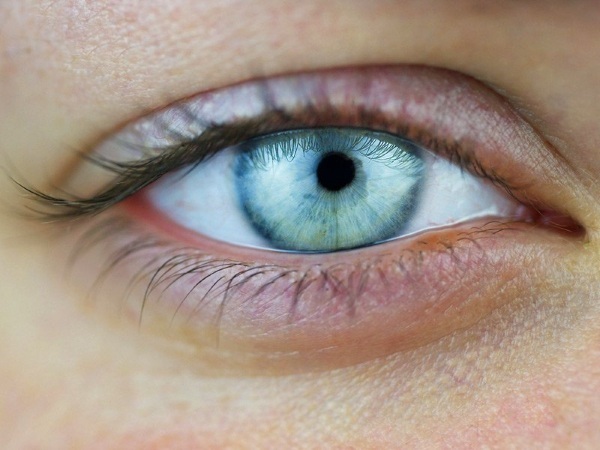
The disease also differs taking into account the course of pathological processes:
| Name | Description |
| Unilateral | Pupil constriction in this situation often indicates the development of serious pathological processes in humans. Unilateral miosis accompanies Horner's syndrome, irritation of the third pair of cranial nerves. |
| Bilateral | The disease is more often diagnosed in older people. The main cause of the pathological condition is hyperopia. Bilateral miosis also occurs in people with increased intracranial pressure or in those who are in a coma. |
An ophthalmologist will help to establish an accurate diagnosis by prescribing an informative examination for the patient. The diagnostic results will allow not only to differentiate the disease, but also to choose the most effective therapy regimen.
Symptoms
An additional clinical picture, which is accompanied by a certain form of miosis, will help the ophthalmologist to make a preliminary diagnosis and prescribe the most informative examination.
Depending on the reason that provoked the constriction of the pupils, a person develops characteristic clinical symptoms:
| Name | Manifestations |
| High intracranial pressure |
|
| Intoxication of the body |
|
| Damage to the midbrain |
|
| Diabetes |
|
| Syphilis |
|
An accurate diagnosis will help to establish a comprehensive examination, which will be prescribed to the patient by an ophthalmologist or neurologist.
Diagnostics
Narrow pupils in humans require diagnostics in order to establish the underlying cause of the pathological condition. It is important to differentiate the disease, since many disorders provoke the development of miosis.
The patient is assigned the following diagnostic measures:
| Name | Description |
| Examination by an ophthalmologist | The specialist conducts an examination of the eyeball using a special slit lamp.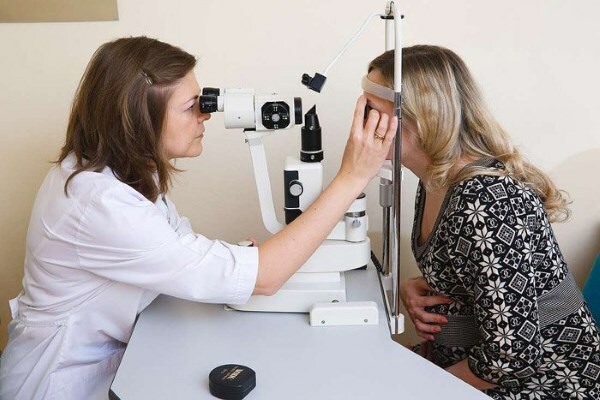
|
| Blood analysis | The study will help establish the disease or other pathological changes in the human body, against the background of which miosis has appeared. |
| Ultrasound examination (ultrasound) | The doctor carefully examines the organ of vision, identifies the pathological changes present. |
| Magnetic resonance imaging (MRI) | The most informative examination, which helps to determine the exact place of the pathological focus and the boundaries of its development. |
Additionally, perimetry is performed. The medical examination includes an assessment of the visual fields. The pupil's reaction to bright lighting is also checked. If necessary, the patient will need advice from other specialized specialists (neurologist, gastroenterologist, infectious disease specialist).
Treatment methods
Considering the reasons for the narrowing of the pupils in humans, the ophthalmologist selects a comprehensive treatment. The accompanying symptoms and the results of the medical examination are also taken into account. It is important to adhere to all medical recommendations to reduce the likelihood of side effects or complications.
If the miosis is medication, therapy is not prescribed. All symptoms and signs of the disease go away on their own after the withdrawal of the drugs taken. The same goes for poisoning the body. After the elimination of toxins, the human condition stabilizes on its own.
Drug therapy
If a foreign body enters the eye, it is removed and antibacterial drugs (Ofloxacin, Tobradex) are prescribed to prevent the development of complications.
Narrow pupils in a person (the reasons must be established precisely in order to choose the most effective treatment) help to expand mydriatics:
| Name | Application | Contraindications |
| Tropicamide | Drops are used before carrying out diagnostic measures, in complex therapy or to dilate narrow pupils after physiological exposure. The adult dosage is 1-2 drops once a day, mainly at bedtime. 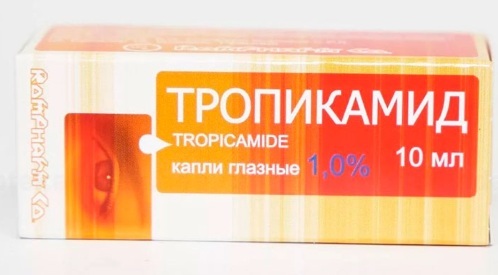 |
|
| Irifrin | The medicine is instilled in 1 drop into the conjunctival sac. The therapeutic effect occurs in 15-30 minutes and lasts for 2-3 hours. The medicine should be used once a day before going to bed for 4 weeks. |
|
| Mezaton | For adult patients, it is recommended to instill 1 drop into the conjunctival sac 3 times a week. |
|
In case of damage to the brain and dysfunction of the central nervous system, vitamin complexes are additionally prescribed to patients. Treatment in most cases is carried out on an outpatient basis. Severe conditions require hospitalization of the patient.
Narrow pupils in humans (reasons may be physiological or pathological) in the absence a positive result after drug therapy requires the use of an operative interference. During medical procedures, the surgeon opens the anterior chamber of the eye and injects a special medicine to dilate the pupils.
Non-drug treatments for miosis
There are numerous methods that can help eliminate the physiological constriction of the pupils at home:
- Focusing and defocusing the eye. It is necessary to relax the muscles of the optic organ as much as possible so that the images in the distance are indistinct and blurry. It is a good idea to think about the good and enjoyable moments when doing this exercise. Then you need to focus your gaze on an object that is in the distance. This method helps to train all the muscles of the optic organ.
- Emotions. A person needs help from a friend or relative. You can, if you wish, recall a good and pleasant moment alone, or, on the contrary, think about fear. This method requires maximum concentration of attention and imagination. When an emotional impact is reached, the pupils will be dilated after 5 minutes.
- Physical exercise. Exercise or simple abdominal tension for 5 minutes can help with constricted pupils. It is important to exercise within reason to avoid severe discomfort or soreness.
-
Adrenaline rush. The most effective method of dilating narrow pupils, the effectiveness of which is observed within 5 hours. Epinephrine affects the functioning of the central nervous system. It can be boosted with energy drinks or caffeine. But it is also not recommended to get carried away strongly, since the cardiovascular system is under attack. Adrenaline stimulates the nervous system. The same goes for fear, strong emotions dilate the pupils.
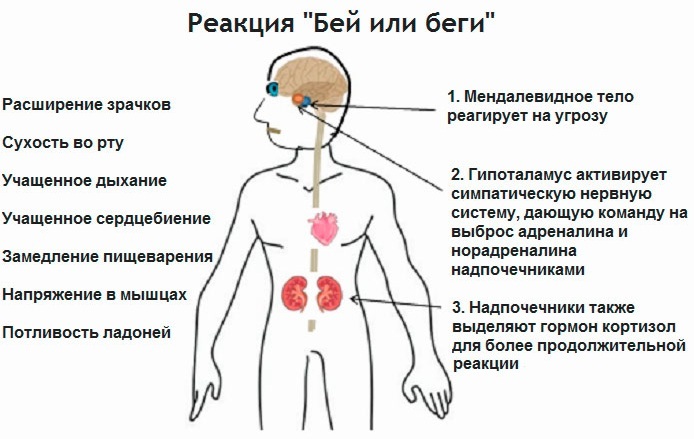
- Lighting change. In a dark room, the pupils physiologically dilate in order to find a light source in the dark. For some people, the reaction is the other way around. Pupils dilate in bright light.
When using any of the listed methods, it is important to remember about the safety of the visual organ. The eyes are very sensitive to any external factors and easily succumb to negative influences. Non-drug methods of dilating the pupils can be used only if there is no disease of the visual organs. Otherwise, the likelihood of complications and negative consequences is high.
Possible consequences and complications
Without timely therapy, the disease will progress, the patient will face serious complications and unpleasant consequences:
- a person's orientation worsens in poor lighting conditions;
- concomitant diseases of a neurological nature develop;
- reactive changes appear against the background of poisoning the body with toxins;
- neglected conditions of the constricted pupil provoke a deterioration in visual acuity.
The ophthalmologist does not recommend ignoring the first symptoms of miosis and is advised to undergo a medical examination to determine the cause of the pathological condition.
In rare cases, narrow pupils in humans are due to physiological factors. If the source of the problem is a serious illness, consultation with an ophthalmologist and a comprehensive examination is necessary. A correctly established diagnosis will allow you to choose an effective and safe treatment. It is not recommended to take medications on your own, since dangerous complications and deterioration of health can be provoked.
Video about changing pupils
Malysheva about pupils of different sizes:




